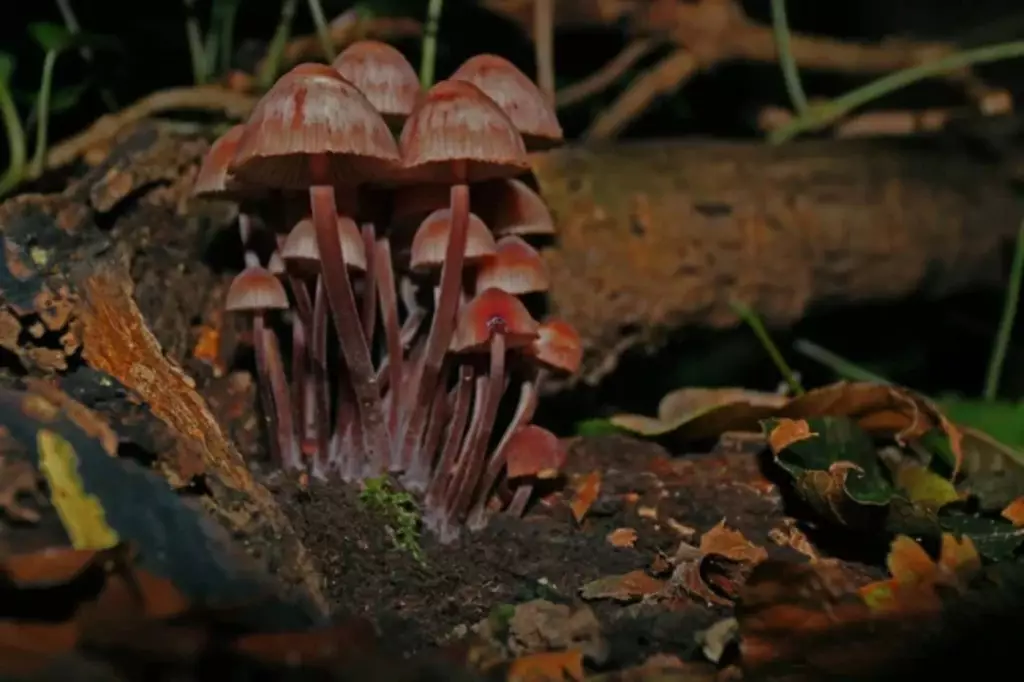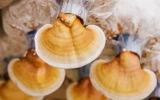The Ideal Monotub Fruiting Conditions & What To Avoid
One popularly known method of cultivating mushrooms is the monotub method, which provides ease for beginners since it only requires minimal space and basic equipment. If you’re a beginner in mushroom farming, you should try using the monotub technique. You just need to know what ideal fruiting conditions must be maintained and what you should avoid.
To encourage fruiting, subject the fully colonized monotub to 24 hours of indirect light exposure, a temperature ranging from 60°F to 80°F depending on the mushroom species, high humidity, fresh air exchange, and a low CO2 level. Avoid oversoaking the substrate when misting, and avoid exposing the tub directly to sunlight.
While a monotub setup is an excellent choice for beginners and is widely accepted as the simplest and cheapest way to cultivate mushrooms, there are many factors to consider when you choose to grow mushrooms using this method. We’ll look at more details about the monotub method below.
Summary
- A monotub setup is ideal for small-scale growers because it only requires minimal space and basic materials, such as a large-size tub, and is very low maintenance.
- The ideal fruiting conditions needed to be maintained inside a monotub fruiting chamber are temperatures between 60°F and 80°F, high humidity, fresh air exchange, 24-hour indirect light exposure, and a low CO2 level.
- Avoid oversoaking the substrate when misting, and avoid exposing the tub directly to sunlight to properly fruit your mushrooms using a monotub technique.

On this page:
The Ideal Fruiting Conditions When Using The Monotub Method
Once the monotub is fully colonized, you can provide the ideal conditions needed to allow your mushrooms to fruit. Some of these ideal conditions are the following:
- Maintaining a tub temperature range of 60°F to 80°F
- Lowering the CO2 level and increasing the fresh air exchange
- Subjecting the tub to a 24-hour scheduled light cycle or a 12/12 cycle
- High humidity level of at least 95%
If you plan to cultivate mushrooms using the monotube technique, the setup is quick and easy to make. You will only need a large tub with a removable lid, a driller with a 2-inch bit, black paint or black trash bags, and polyfill or micropore to cover the holes you will drill.
A monotub offers many benefits in terms of affordability, minimal space requirement, and accessibility of materials. It is low-cost and low-maintenance and does not need high-tech ventilation systems. Their only disadvantage is that they cannot be utilized for large-scale production because of the small space, and only a few mushrooms can be grown in such a setup.
But the good thing about monotub is that it has a dual purpose. It serves as an incubation container and a fruiting chamber afterwards. The substrate, either hardwood or manure, can be mixed with the grain spawn inside the container and left to colonize.

The monotub method has long been a widely known technique for cultivating mushrooms. This method is valued for its simplicity and ease of setup. The monotub method only requires readily available materials and minimal space, making it perfect for small-scale mushroom growers.
Although a monotub setup can be used for a wide range of mushroom species, it is most frequently used to grow mushroom varieties that thrive in manure substrates such as the medicinal mushrooms called Psilocybe cubensis.
Aside from medicinal mushrooms, the monotub method can also cultivate edible manure-based mushrooms such as white button mushrooms, cremini mushrooms, and shaggy mane mushrooms. If you change your substrate from manure-based to hardwood-based substrate, you can also grow oyster mushrooms, wine cap mushrooms, and chestnut mushrooms using the monotub technique.
How To Achieve the Ideal Monotub Fruiting Conditions
For your mushrooms to produce fruiting bodies, certain environmental conditions must be present. When the mycelium has fully colonized the substrate, it gives certain signals that it is ready to fruit.
-
During this time, the colonized monotub must be exposed to a light source for 24 hours a day. A 12/12 cycle of light exposure can also do the work. If natural light is absent, you can use artificial lighting such as a full-spectrum fluorescent spiral bulb, which is best for this kind of setup.
-
To allow fresh air exchange and lower the CO2 level that has been kept inside the tub during the colonization stage, you must remove the solid hole covers and use monotub filters to allow gas exchange.
This is one notable difference between monotub fruiting chambers from shotgun fruiting chambers. Although both have holes drilled into the container, the holes in monotub containers are covered completely during the incubation phase, and semi-covered with a filter during the fruiting stage.
- The ideal temperature inside the monotub chambers must be kept between 60°F and 80°F. However, this will depend on the type of species you are growing. Species like Psilocybe cubensis require more specific fruiting conditions, such as a temperature between 68°F and 72°F.
When all ideal conditions are met, you will need to monitor and maintain your monotubs. A once-a-day misting is necessary throughout the whole fruiting stage. Misting can be done using a sanitized misting spray bottle whose nozzle is set to create the finest mist possible.
To mist properly, remove the lid and lightly mist the substrate. At least 10 pumps or sprays are enough to keep the substrate moisturized.
Right after misting, fanning is also required to maintain ideal conditions in your monotub. You can fan the colonized tub using the monotube lid itself to reduce contamination. Just fold the lid twice into half, and repeatedly move it back and forth to create a fan-like effect.
This process creates fresh air exchange and removes any CO2 being produced as the mushrooms grow. Fanning must be done twice a day for 30 seconds. Put the lid back properly after fanning, and don’t forget to fan your monotube twice a day until fruiting stops.

After subjecting your monotubs to the above-mentioned ideal conditions, you will see the literal fruit of your labor in approximately 5–10 days.
The Monotub Method Works Using Natural Air Currents
The design of a monotub is made to fit the principle of thermodynamics of natural air currents. The plastic container is usually transparent to allow light to pass through, and it is drilled with holes that are covered with a semi-permeable filter to allow gas exchange.
The monotub works by trapping the humidity inside the tub to build up a highly humid environment conducive to the growth of mushrooms, while providing a passive exchange of CO2 and oxygen.
The success of the monotub technique depends on the growing environment where you place your tub. Depending on how dry or humid your area is, it will determine whether you need to add more holes or reduce them. A thermohygrometer is a good investment to monitor the tub's humidity level as well as temperature.



